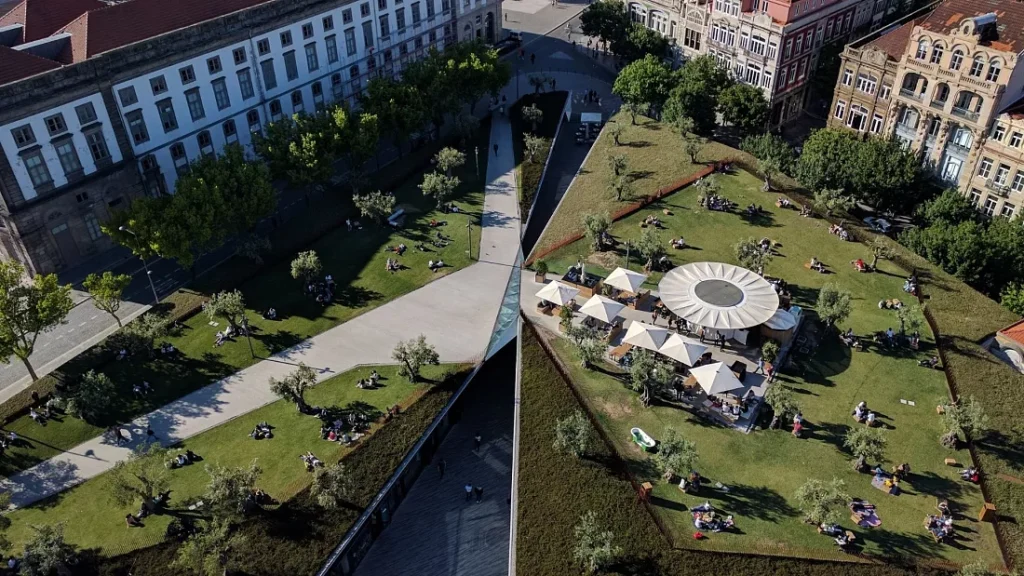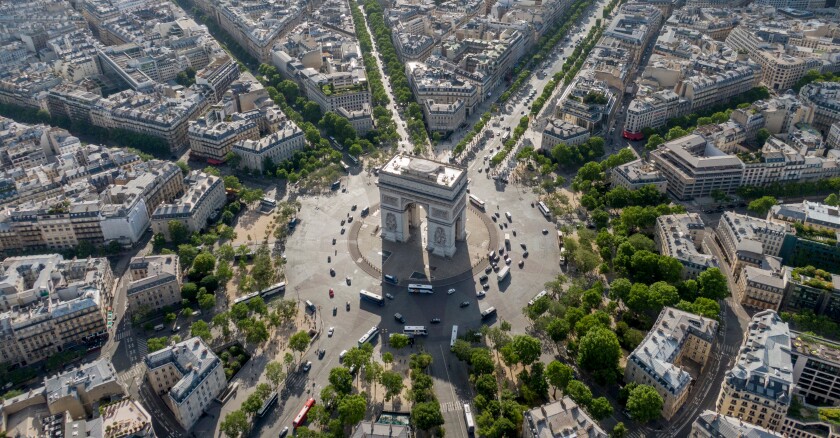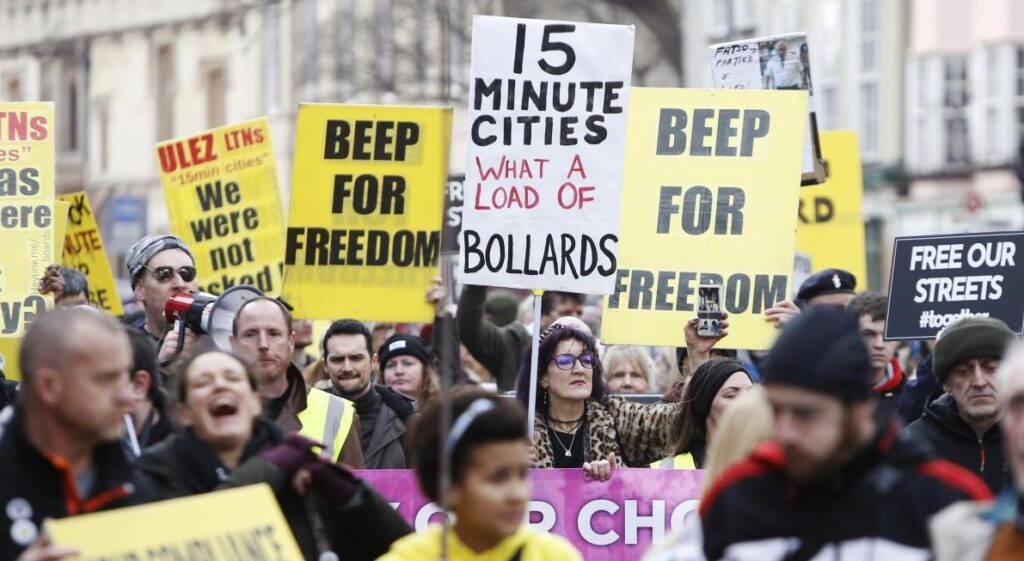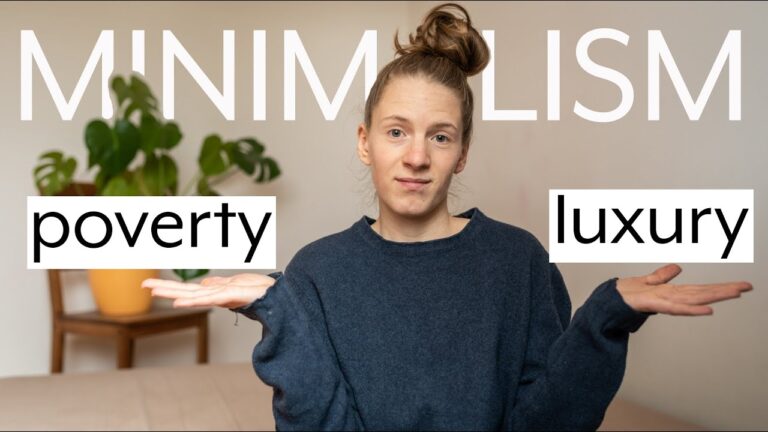
Imagine living in a place where everything you need, school, work, gym, grocery store, park, and clinic, is just 15 minutes away on foot or bicycle.
No traffic. No rush. No noise.
It sounds idyllic, and for many, it is. The 15-minute city promotes local living, reduces traffic congestion, improves air quality, and strengthens neighborhood connections.
However, as this idea spreads globally, so does the controversy. Are we walking into a greener future, or stepping into a well-decorated cage?

What Exactly is a 15-Minute City?
Coined by French-Colombian urban planner Carlos Moreno, the 15-minute city is a revolutionary approach to urban life. The concept is simple yet transformative: all basic services — school, hospital, work, groceries, and recreation — should be accessible within 15 minutes on foot or by bicycle.
The core goals include:
-
Reducing car dependency
-
Improving public health
-
Cutting emissions
-
Rebuilding community connections
In essence, it’s designed as an antidote to modern urban problems: long commutes, pollution, loneliness, and traffic-clogged streets.
Why People Love 15-minute cities
Cleaner Environment
Fewer cars mean less pollution, which makes cities healthier and more breathable.
Time Saved
Eliminating daily commutes of 2–3 hours gives people time back, for family, hobbies, or rest.
Mental Health Boost
With stronger local ties, people experience less isolation and better emotional well-being.
Climate Action That Feels Local
Instead of abstract goals, this approach delivers visible solutions right outside your door.
Walkable Happiness
Research shows that walkable neighborhoods foster greater happiness, health, and productivity.
In short, the 15-minute city promises a more liveable, human-centered future.
The Surveillance Debate over 15-minute cities
Not everyone is convinced. Critics worry that tracking people’s movements within local zones could pave the way for state surveillance. Although digital tools may be designed to monitor traffic and services, they could be repurposed for social control.
Another growing concern is about personal freedom. What happens if people are subtly discouraged, or outright restricted, from moving beyond their designated areas?
These fears have already surfaced. In Oxford, UK, public protests broke out, and conspiracy theorists dubbed the initiative a “climate lockdown in disguise.”

Urban Planning vs. Urban Policing
Governments argue that the model is about expanding choices, not imposing control. Still, skeptics pose several hard questions:
-
Will poorer neighborhoods get the same “15-minute” access as wealthier ones?
-
Could there be unequal healthcare, one area with top-tier hospitals and another with basic clinics?
-
Might tech companies exploit the hyper-local data being collected?
-
And perhaps most crucially, does this so-called freedom come at the expense of actual mobility?
These are not new fears. Similar concerns have long surrounded “smart cities”, are they smart for the people, or just for private interests?
At its heart, the 15-minute city isn’t just about convenience. It’s about reclaiming time, dignity, and community in a chaotic world. By centering cities around people instead of cars, malls, or glass towers, it offers a refreshing and human vision of urban life.
But if poorly executed, without equity, transparency, or cultural sensitivity, this dream could darken into a dystopia. Convenience may then become a cover for surveillance, gentrification, and algorithmic control.
For more such informative articles stay tuned at The World Times



